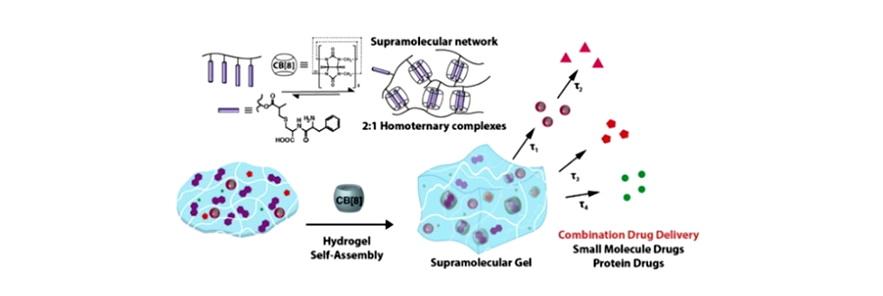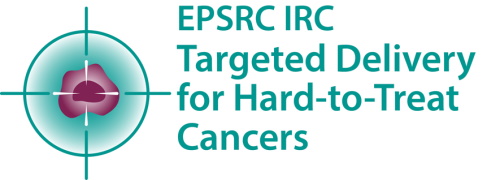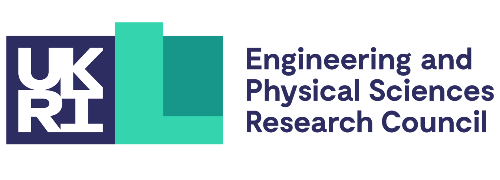
The IRC is leading the development of an injectable hydrogel that can be loaded with drugs for direct application to the resection cavity in the brain following removal of the bulk of a glioblastoma tumour. The hydrogels release chemotherapeutic agents at the resection surface immediately targeting residual tumour fragments. Increased survival of rodents treated with the drug-delivering gel has already been demonstrated. The hydrogel has excellent apposition to the walls of the brain cavity and helps the drug to diffuse deeper into the margin of the tumour to be more efficient in killing the remaining cancer cells. This technology is well advanced and the IRC is now trying to secure funding for progression to human trials.
The hydrogel’s physical properties and inherent ability to self-heal is tailored to enable administration through injection, minimising cargo loss and allowing the hydrogel to remodel to the geometry of a resection cavity. The hydrogel is designed to match the mechanical properties of the contiguous human tissue and through molecular design, the most desirable delivery profiles of synergistic therapeutic formulations are replicated.
The hydrogels team plan to focus on pancreatic cancer next by working in conjunction with the high capacity vehicles teams. The challenge is to achieve drug penetration of the barrier formed by the pancreatic cancer stroma. Development will include strategic biofunctionalisation and introduction of scission sites to allow for drug release in tumour cells. Selected materials will be loaded with hydrophobic drugs with difficult formulation challenges as well as siRNA (small interfering RNA). Crucially, therapeutic agents will be delivered in a targeted manner, with tuneable drug dose and cargo release rate uniquely enabled by nanotechnology.


